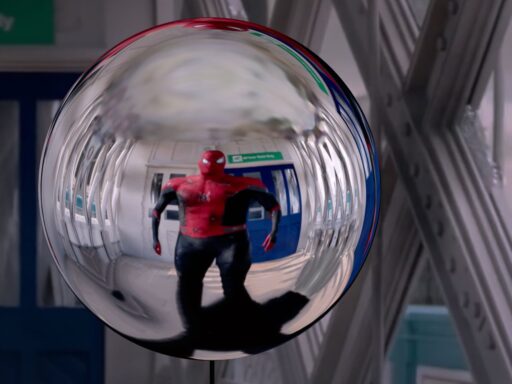A chrome ball is a surprisingly useful tool.
How do visual effects artists match their digital creations to real light? Sometimes, it involves using a very shiny ball.
Leo Bovell of Tryptyc has worked on a range of visual effects projects, but one of his most memorable experiences might be shooting in the Lincoln Memorial for an episode of The Handmaid’s Tale. His task? Replace the real Lincoln with a completely digital — destroyed — version. To do it, he used an industry-standard HDRI map of the light in the scene.
HDRIs — high dynamic range images — mesh together different pictures to create a complete depiction of the light in a real scene. After that, it’s a matter of teaching a computer to cast that light onto digital objects. This technique is used for everything from creating entire scenes to providing key references for artists.
Watch the above video to learn more.
You can find this video and all of Vox’s videos on YouTube.
Further reading
- Paul Debevec is a visual effects pioneer for a wide range of projects, including creating the first digital portrait of the president of the United States. His work in HDRIs was equally groundbreaking, and he catalogs it and other work on his personal website.
- Large libraries of these digital scenes make it possible to simulate a wide range of environments. HDRI Haven provides more than a few worlds to explore.
Author: Phil Edwards
Read More



